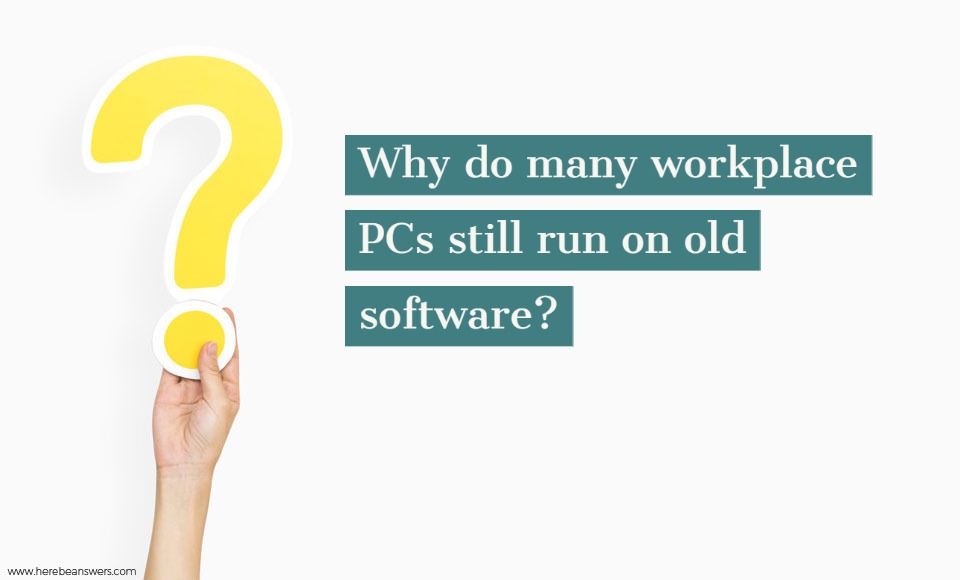First and the primary cause of why numerous workplaces are still running on old versions of Windows or iOS is the cost. This is especially true in the case of small businesses running with a limited but committed number of individuals. These businesses do not have a great amount to spare for the staggering costs of updating to new software.
1. Cost
Upgrading software is expensive. If an upgraded license costs $50, that may not seem like much, but doing that for 5,000 machines gets very expensive out of nowhere. Also, updating the software does not come alone. It is probably a whole new venture wherein the newer software makes the use of newer models of hardware necessary.
The installation of the new drivers and various business software means a fortune in terms of cost as well as updating the workforce. The newer software versions might require conducting workshops and training sessions to make the employees familiar with the new things. If rounded up, all the tangible costs and intangible efforts required to upgrade seem mighty for numerous businesses and companies.
2. Compatibility
Numerous companies have different team management or internal software versions for managing work and keeping accountability. These shared networks and software work well with the ones they were developed for. This is the reason why a modern or updated software version implies changing the internal programs and software as well.
Very often, companies will have custom or specialized software that may not function well with newer software. If the older software doesn’t have patches/upgrades or those patches/upgrades are not cost-effective (see point 1), you may need to keep other software downgraded to preserve compatibility.
3. Security/Reliability
Older software – particularly in the enterprise – can be more secure and/or stable because the bugs and security holes have been patched. Newer software may introduce newer bugs that can compromise operations.
Also, data migration and transfer are two of the biggest reasons why companies and businesses hesitate to upgrade to newer software versions. There is a huge risk of loss or breach of data while updating the software.
4. Usability
Not everyone is computer literate in a company, and upgrading their software may confuse them to the point where they might struggle to do their job until they learn the new software. This may render the current workforce of the company useless as only some of them might be able to learn new ways and tech-savvy methods.
All in all, businesses have a couple of solid reasons why they would not take the risk of jumping on every newer version of the software as soon as it becomes available. The costs are high, and the risks of rendering many employees lagging and trying to catch up to the new ways are massive. Also, newer software versions might require new support and IT services, which is an additional cost. Thus, do not replace what is not broken works the best for such companies and businesses.

